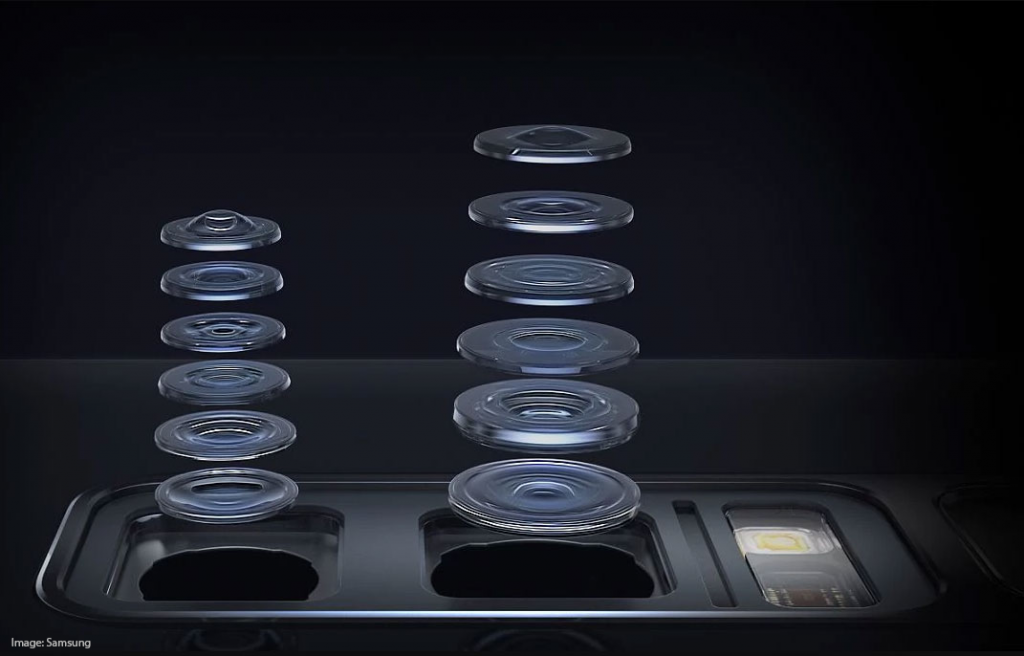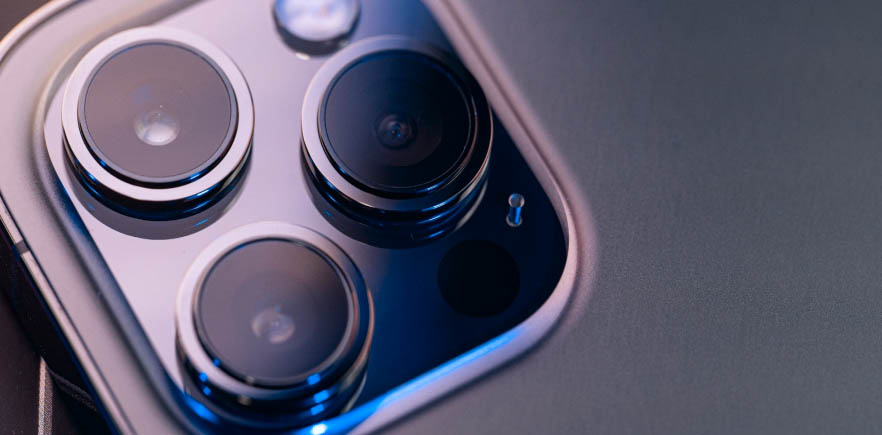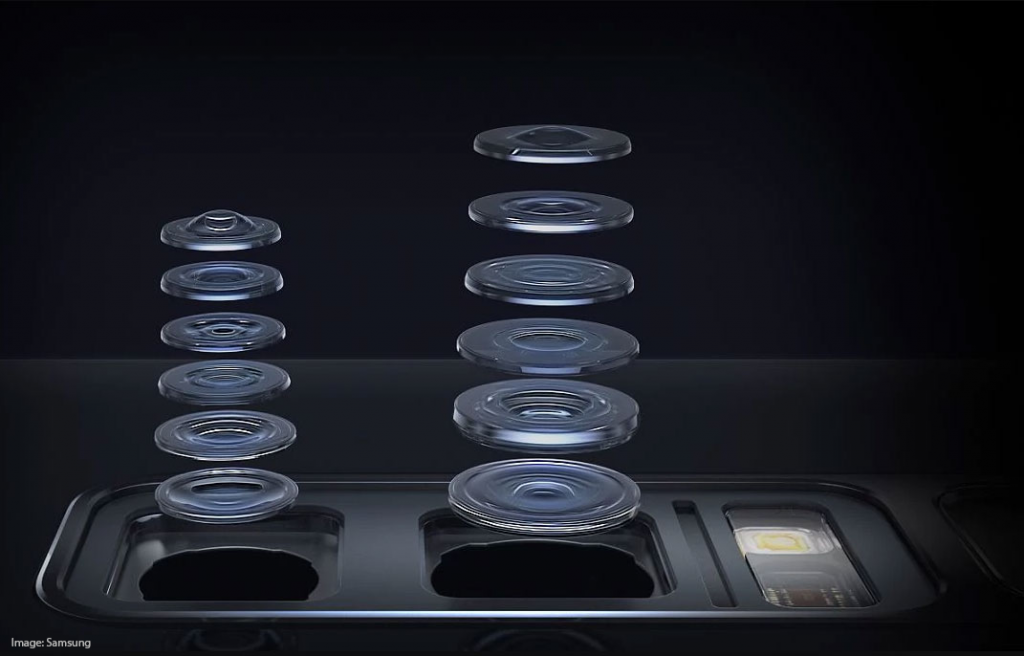Smartphone Camera Technology: Revolutionizing Mobile Photography
The world of smartphone camera technology has evolved at a rapid pace, turning what was once a simple phone camera into a powerful tool for professional-quality photography and videography. Today, smartphones are the most popular device for taking photos, with advanced features and capabilities that rival dedicated cameras. Whether you’re snapping a quick selfie, capturing a beautiful landscape, or recording a high-definition video, the camera technology behind your smartphone plays a critical role in the final image quality.
In this article, we’ll explore the various aspects of smartphone camera technology, how it has advanced over the years, and what the future holds for mobile photography.

The Evolution of Smartphone Camera Technology
Smartphone cameras have come a long way from their humble beginnings. Early models featured simple lenses with limited capabilities, offering little more than a basic point-and-shoot experience. Today, smartphones boast cutting-edge camera systems, with multiple lenses, high megapixel counts, and advanced features like night mode, portrait mode, and 4K video recording.
1. From Megapixels to Multi-Lenses
While megapixels used to be the primary measure of camera quality, today, smartphone manufacturers focus more on the camera’s overall performance, rather than just the megapixel count. For example, the Samsung Galaxy S23 Ultra features a 200MP camera, but its true strength lies in its ability to capture stunning detail, even in low light. In contrast, the Google Pixel 7 Pro offers 50MP and 48MP sensors but excels in software processing for incredible image quality.
One of the most notable advancements in smartphone cameras is the rise of multi-lens systems. Modern smartphones typically feature dual, triple, or even quad-camera setups, each designed for different types of photography. These lenses often include:
- Wide-Angle Lens: Perfect for everyday photos and landscapes.
- Telephoto Lens: Offers zoom capabilities, allowing users to capture far-off subjects without losing image quality.
- Ultra-Wide Lens: Expands the field of view for wide shots, such as group photos or scenic views.
- Macro Lens: Enables close-up shots with extreme detail, perfect for photographing small objects like flowers or insects.
This multi-lens approach ensures that users can take high-quality photos in a variety of environments, whether it’s bright sunlight, low-light situations, or even extreme close-ups.
2. The Rise of Computational Photography
One of the most transformative shifts in smartphone camera technology is the use of computational photography. This refers to the use of algorithms and AI to enhance and process images, sometimes even before you press the shutter button.
Computational photography allows smartphones to overcome the limitations of small lenses and sensors by using software to optimize photos. This includes techniques like:
- HDR (High Dynamic Range): Combines multiple images taken at different exposures to produce a photo with greater detail in both bright and dark areas.
- Night Mode: Uses long exposure times and AI to brighten photos taken in low-light conditions without the need for a flash.
- Portrait Mode: Utilizes software to blur the background, mimicking the effect of a DSLR camera with a shallow depth of field.
- AI Scene Detection: Recognizes objects in the frame and adjusts settings accordingly for better results.
These advances in computational photography have democratized high-quality imaging, making it easier for anyone to take professional-looking photos with just a smartphone.
Key Features of Modern Smartphone Cameras
1. Image Stabilization Technology
One of the most important features of modern smartphone cameras is image stabilization. This technology helps reduce blurriness caused by handshakes or movement while capturing images or video. There are two main types of image stabilization used in smartphones:
- Optical Image Stabilization (OIS): Physically moves the lens or sensor to compensate for motion.
- Electronic Image Stabilization (EIS): Uses software to crop and adjust the image in real-time to correct for shakes.
Both OIS and EIS contribute to sharper, clearer photos and smoother videos, especially in low-light conditions or while recording video on the move.
2. Advanced Autofocus Systems
Autofocus (AF) is another critical component of smartphone camera performance. Modern smartphones feature several types of autofocus systems, including:
- Phase Detection Autofocus (PDAF): Offers faster and more accurate focusing, often used in flagship phones.
- Laser Autofocus: Uses laser beams to measure distance and improve focusing speed, particularly in low light.
- Dual Pixel Autofocus: Allows for faster and more accurate focusing, often seen in higher-end models like the Google Pixel and Samsung Galaxy series.
These systems ensure that subjects are in focus quickly, even in challenging lighting conditions.
3. 4K and 8K Video Recording
Smartphones have also become a powerful tool for video recording, with many models now supporting 4K video recording at high frame rates (up to 60fps). The ability to record high-resolution video has opened up new possibilities for creators, vloggers, and filmmakers. Some phones even support 8K video, pushing the boundaries of mobile video technology.
In addition to high-quality video recording, many smartphones also offer advanced features like slow motion, time-lapse, and video stabilization, making it easier to capture smooth and cinematic video content.
4. AI-Powered Camera Modes
AI-powered camera modes have become a staple in modern smartphones. Artificial intelligence analyzes the scene in real time, adjusts camera settings, and even enhances photos automatically. For example:
- Scene Optimizer: Detects the type of scene (landscape, food, night, etc.) and adjusts settings accordingly.
- Smart Portrait: Identifies faces and enhances skin tones, blur backgrounds, and optimizes lighting for portrait shots.
These AI-driven enhancements make it easier for anyone to take professional-grade photos without needing advanced knowledge of camera settings.
The Future of Smartphone Camera Technology
Smartphone camera technology is advancing rapidly, and the future looks incredibly exciting. Manufacturers are continually pushing the limits of what’s possible with mobile photography. Here are a few trends we can expect in the near future:
1. Improved Zoom Capabilities
Many smartphones already offer hybrid optical zoom and digital zoom, but future cameras will likely have even more advanced zoom technology, enabling lossless zoom without compromising image quality. Periscope lenses, which allow for optical zoom without increasing the size of the camera, are already available on some devices, and their capabilities will continue to improve.
2. Under-Display Cameras
Under-display cameras are set to become more common, allowing for a truly all-screen display. By placing the front-facing camera beneath the display, smartphone manufacturers can eliminate the need for a notch or punch-hole cutout.
3. Enhanced Night Photography
As low-light photography becomes increasingly important, manufacturers are focusing on enhancing night mode capabilities. Future smartphones will likely feature improved sensors and more advanced computational photography algorithms to capture better photos in near-complete darkness.
4. 3D and Augmented Reality (AR)
Augmented reality (AR) is gaining traction as a powerful tool for entertainment, gaming, and even shopping. Future smartphone cameras will feature more advanced 3D scanning capabilities, allowing for richer and more immersive AR experiences.
FAQs About Smartphone Camera Technology
Q1: How many lenses do modern smartphones have?
Most flagship smartphones feature dual, triple, or even quad-camera systems. These multiple lenses allow for more versatile photography, including wide-angle, telephoto, ultra-wide, and macro shots.
Q2: Does more megapixels mean better camera quality?
Not necessarily. While megapixels contribute to image quality, they are not the sole determinant. Factors like sensor size, lens quality, and software optimization play a significant role in determining overall camera performance.
Q3: What is computational photography?
Computational photography uses software algorithms and artificial intelligence to enhance photos and videos. It allows smartphones to capture high-quality images even in challenging lighting conditions by combining multiple exposures, optimizing colors, and reducing noise.
Q4: What is the best smartphone camera for video recording?
Smartphones like the iPhone 14 Pro and Samsung Galaxy S23 Ultra offer exceptional video recording capabilities, including 4K and 8K video recording, slow-motion, and video stabilization for smooth, cinematic results.
Conclusion
Smartphone camera technology has come a long way and continues to improve with each new device. With multi-lens setups, AI enhancements, and advanced video recording capabilities, smartphones are now capable of delivering stunning photos and videos that rival traditional cameras. As technology continues to evolve, we can expect even more groundbreaking features in the future.
For those looking to capture the world through their smartphone lens, staying updated on the latest advancements in smartphone camera technology is crucial. Whether you’re a casual photographer or an aspiring content creator, there’s no denying that smartphone cameras have revolutionized the way we document our lives.

For more information about smartphone cameras and their technologies, visit DxOMark for detailed camera reviews and ratings.

